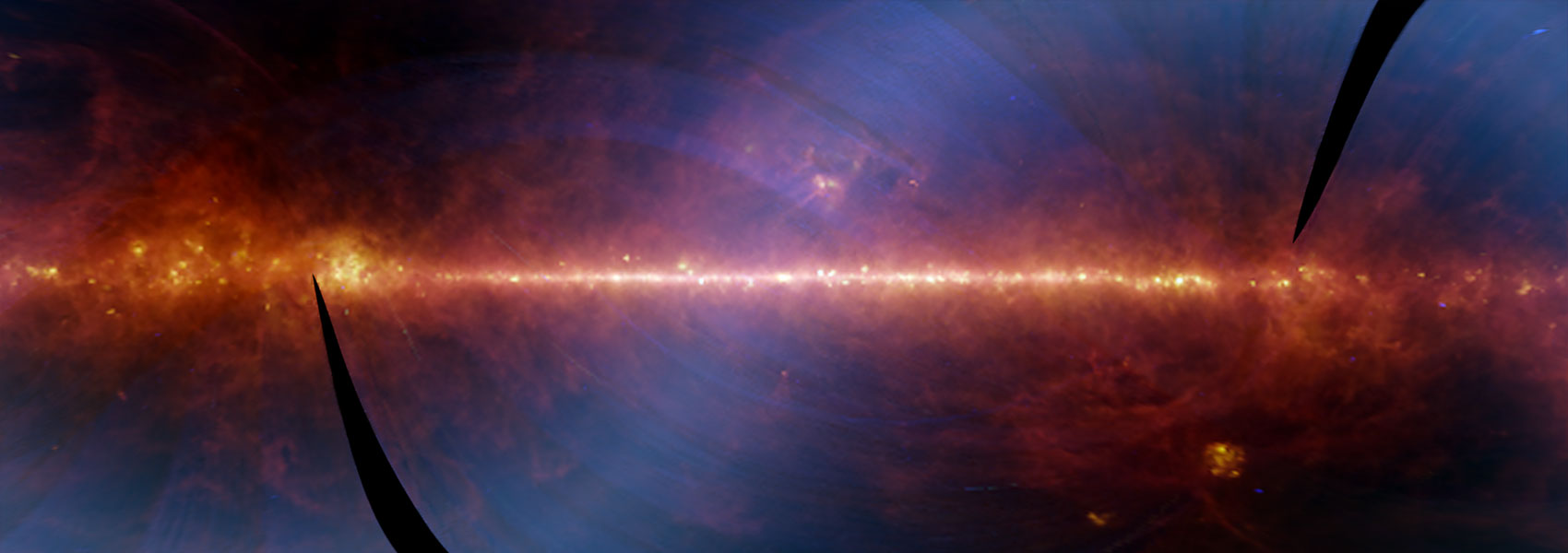The Milky Way Galaxy is a prime place to study galaxy structure and evolution, since our Galaxy and its immediate surroundings are currently the only place in which we can obtain detailed observations of individual stars. According to Lambda-CDM cosmology, galaxies are built-up in a bottom-up fashion, with smaller galaxies merging over time to create larger ones. This implies that stars in the halo of our Galaxy should still retain signatures from these past and ongoing merger events in their chemistry and orbital properties. In this talk, I will explain how observations of metal-poor stars and galactic stellar substructure are important tracers of chemical evolution and the accretion history of our Galaxy. In particular, I will discuss recent results characterizing the metal-poor tail of the halo metallicity distribution function, low-metallicity globular clusters, and ongoing work using dimensionality reduction algorithms to search for members of star clusters in highly contaminated regions far away from the cluster centre.



